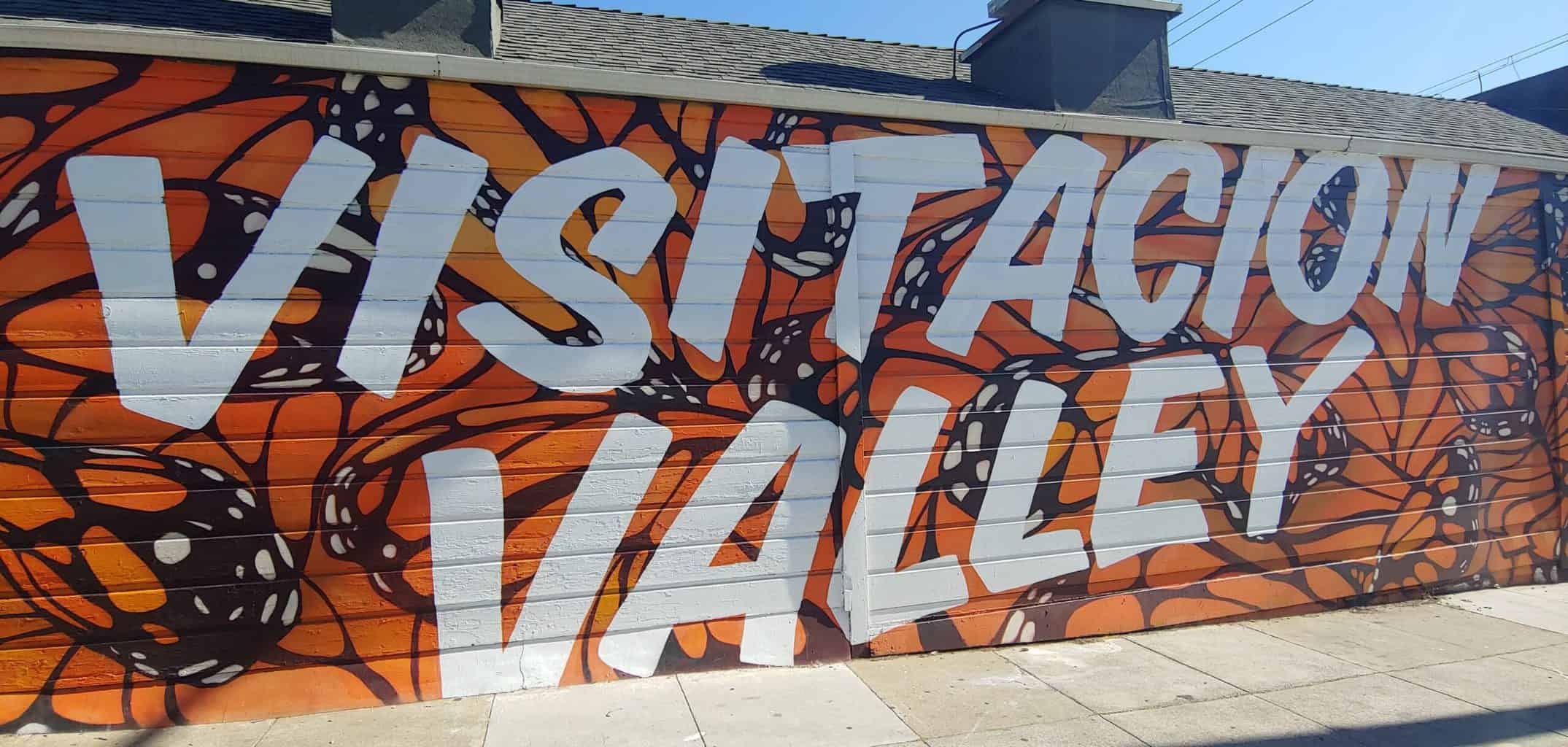Hi everyone,
It’s good to be back in the Bay Area for Thanksgiving and all of the other fall events. There wasn’t an October issue of this newsletter because Ralph and I were in France completing the last section of the Chemin Vézelay pilgrimage route (plenty more about that below).
Contents:
#1. Susan’s book party/event for Walk, Hike, Saunter: Seasoned Women Hikers Share Tales and Trails—and some of the women featured!
#2. Opossums: How much do you know about this marsupial?
#3. Chemin de Vézelay (pilgrim route through France)
#4. Supporting American Pilgrims on the Camino#5. Regional: Free admission to our National Parks for veterans and active military on Veterans’ Day and through the weekend, Nov. 11-14, 2021
#6. Regional: Sonoma County: Geyserville, Northern CA. — the Geyserville Tree Lighting and Tractor parade.
#7. Regional and widespread: King Tides will be happening soon.
Articles:
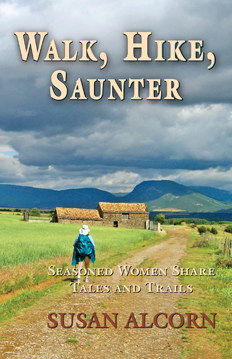 #1. Susan to host a book party/event: We’re going to feature my most recent book, Walk, Hike, Saunter: Seasoned Women Hikers Share Tales and Trails at Book Passage Corte Madera, CA on Nov. 13, 2 PM. And, some of the women whose stories are in the book will also be reading. We’ll be talking about some of our trail adventures, and encouraging other to enjoy some of the rewards (and challenges) of hiking and backpacking.
#1. Susan to host a book party/event: We’re going to feature my most recent book, Walk, Hike, Saunter: Seasoned Women Hikers Share Tales and Trails at Book Passage Corte Madera, CA on Nov. 13, 2 PM. And, some of the women whose stories are in the book will also be reading. We’ll be talking about some of our trail adventures, and encouraging other to enjoy some of the rewards (and challenges) of hiking and backpacking.
We would appreciate an RSVP if you are coming so we can have enough seating and goodies. To rsvp, follow this link: http://evite.me/t5GC9dWDjU
However, no registration required so come on by if you can. Free to celebrate with us and enjoy a bit of wine and munchies! (We will be inside for the book event, and outdoors for the snacking!). Book Passage, Corte Madera, is 51 Tamal Vista Blvd, Corte Madera, CA 925-927-0960.
#2. Opossum or possum? Either is ok. Most English speakers call it possum, whereas most scientists refer to it as Opposum, or more technically the Virginia Opposum (Didelphis virginiana). Whichever term you prefer, it is found from southern Canada to northern Costa Rica, and is the only marsupial found north of Mexico. Its furless hands, short legs, and heavy body make it unsuited to snowy areas, but researchers have observing that it’s range is gradually expanding with climate change.
Marsupial? Yes, it has a pouch—at least the all female opossums do. And, the male Water Opossum, found in Central and South America, is the only living species where both females and males have pouches. The male water opossum uses its pouch to hold and protect its genitals during swimming.
But back to the Virginia Opossum—baby opossums are only about the size of a jelly bean when born. The “joeys” crawl to the pouch and attach themselves to one of the mother’s teats where they will stay for eight weeks. After they have matured, they climb to the mother’s back where they will spend another two months learning survival skills.
If you have seen one living near your home, it means you have supportive habitat: water within 10 square city blocks and food (dead animals, bugs, ticks, fruit, and vegetables). If you see them out and about, you are probably outdoors after dark, because Opossums are nocturnal. There probably are trees nearby because that’s their preferred home, but I have seen them living in thickly-covered vines growing on fences. Like our new-world monkeys, opossums have prehensile tails—they can hang by their tail and use their hands to hold onto branches and so forth. Their opposable thumbs help with this effort.
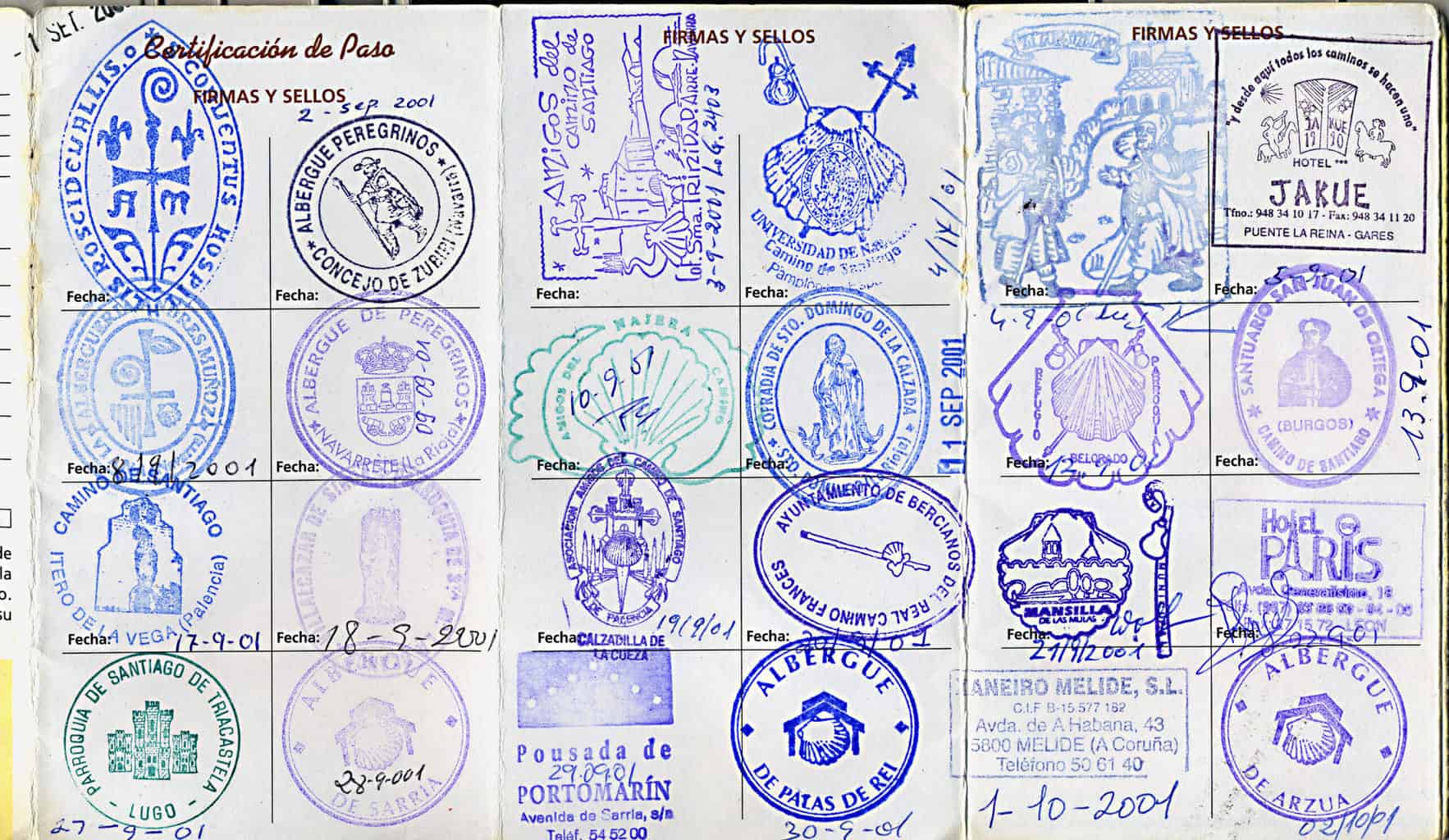 #3. Chemin de Vézelay: There are four major pilgrimage routes in France: from Paris, Vézelay, LePuy-en-Velay, and Arles to Santiago de Compostela. Ralph and I have now competed three: the Vézelay, the GR 65 from Geneva to LePuy-en-Velay continuing on from LePuy into Spain; and the GR653 Arles route into Spain. (We did the Frances route through Spain in 2001)
#3. Chemin de Vézelay: There are four major pilgrimage routes in France: from Paris, Vézelay, LePuy-en-Velay, and Arles to Santiago de Compostela. Ralph and I have now competed three: the Vézelay, the GR 65 from Geneva to LePuy-en-Velay continuing on from LePuy into Spain; and the GR653 Arles route into Spain. (We did the Frances route through Spain in 2001)
We did each of the French routes in sections. With Vézelay for example: Vézelay to Saint Amand Montrond; Saint Amand Montrond to Limoges; Limoges to Bazas (near Bordeaux), and Bazas to St. Jean Pied du Port (in the foothills of the Pyrenees—a popular town for beginning the Frances route to Santiago de Compostela).
The charming village of Vézelay is in the north-central part of France. It is partially protected from attack by its hillside location and stone walls partially surrounding it. It entered into history in the 9th century, when it first hosted the relics of Saint Mary Magdalene. It became even better known when its 11th-century Romanesque Basilica of St Magdalene was constructed, and subsequently when the Third Crusade (1189–1192) aka “The Kings’ Crusade,” set out from there. It is now a designated UNESCO World Heritage Site.
The historical route was “described by Aimery Picaud in his 12th century Pilgrim’s Guide. It was used by pilgrims coming from the north (Scandinavians) and the east (Poles, Germans) of Europe, and sometimes called also the Polish route. Its Latin name, the Via Lemovicensis derives from its crossing of the Limousin, and from the historical, religious and cultural importance of the city of Limoges.”
The route runs southwest from Vézelay (in Burgundy), There are two distinct branches, the Bourges and Nevers routes (the one we took), which meet in the village of Gargilesse.
The Bourges route “is slightly shorter and much flatter, with many large forests and cornfields, and so to some, more monotonous. Bourges Cathedral is well worth a visit and some say this city is more interesting than Nevers. The Nevers route, also passing through Saint-Amand-Montrond and La Châtre is 31.6 km longer than the Bourges route, unless the variant via Augy-sur-Aubois is chosen which halves the extra distance. The terrain is more undulating and varied, and Nevers has the shrine of Saint Bernadette Soubirous (of Lourdes) which is a pilgrimage centre in its own right.
“The route then continues across the foothills of the Limousin, the hills and valleys of the Périgord and the plains of Aquitaine and the Landes. It joins the two other routes (from Tours and le Puy-en-Velay) near Ostabat.”
It’s approximately 900 km from Vézelay to St Jean Pied-de-Port, and a total of 1700 km if you continue to Santiago. Although guidebooks may divide it into 36 stages, of 20 and 30 km, we generally did shorter walks depending upon the accommodations available.
The route is waymarked, but is slowly moving to change the markings from the earlier red and white or red and yellow, to the yellow and blue that you’ll see on the Frances.
The scenery is quite varied: hills, valley, forests, historic sites and monuments. It’s primarily small towns, many losing population as young adults move the larger cities for work. However,, there are also some beautiful cities—including Saint-Léonard, Limoges, and Périgueux. The Limousin is a land of forests and springs, of extensive cattle and sheep-raising.
In the Gironde, you’ll come across vast vineyards with the grapes for Bergerac and Bordeaux wines. As you continue south, you’ll find plantation farms with pines interspersed with fields of corn and some sunflowers. In wilder forests you find more variety— including oaks and deciduous trees and rich understory plants. On the last one or two days approaching St. Jean, you’ll have a couple of steep climbs with extensive views of the Pyrenees ahead and the plains behind you.
Walking the Vézelay is a very different experience than walking the Frances. As the CSJ says in their write up, “It is a route for pilgrims who are looking for tranquility and a meditative environment.” Translated that means — except in the larger cities, on market days, or during festival, you will see very few people. Most days we didn’t see anyone on the trail.
We stayed in a variety of accommodations, but there was seldom any choice. A back bedroom, a pilgrim refuges, small or large hotels, chambres d’hôte (bed & breakfasts), or gîtes d’étape. “The route has simple but sufficient facilities, calling upon the rigour of the pilgrim’s commitment (whatever his deeper underlying motive), in the context of a relatively deserted rural environment sufficient to discourage the ‘tourist’, and to deter therefore all those who embark on the pilgrimage in a spirit which is not ‘serious’ (i.e. who want simply to ‘play at’ being a pilgrim).” Quotations from the Confraternity of St. James, based in London.
Guidebooks: The Dutch Pilgrim Association has produced two guides in English (updates 2021) from Vézelay to Saint-Jean-Pied-de-Port: one covers the variant via Nevers and the other of the variant via Bourges. These are available as books or free in PDF format, santiago.nl/english/vezelay-main-page. The main page will orient you, the “Tracks and Guides” section shows maps and trails in detail. (Both the Nevers and the Bourges books are available from their online shop.)
We also used the Miam Miam Dodo: Voie de Vézelay (2019), which is available from the Confraternity of Saint James. It is in French, but easily understood by those of us who are not fluent in that language!
#4. Supporting American Pilgrims on the Camino. APOC is just what it sounds like, an organization primarily for those of us in the U.S. who want information about the Camino and to support the infrastructure of the Camino with grants for various projects undertaken by various non-profit albergues, etc. Membership includes a subscription to the quarterly publication of La Concha. There is also a Facebook group for meeting with new and experienced pilgrims. www.americanpilgrims.org
It is also a place to find a local chapter near you. Activities vary, but may include getting together for coffee, a potluck, or a hike. Our Peregrinos — Northern California chapter not only has walks and hikes, but also has informative meetings about such topics as how to get ready for a Camino walk to how to reenter the “real world” after your pilgrimage.
#5. Veterans, active military, and Gold Star Families: Free admission to U.S. National Parks for veterans and active military on Veterans Day and through the weekend, Nov. 11-14, 2021. https://www.nps.gov/planyourvisit/veterans-and-gold-star-families-free-access.htm
I recently visited Jack London State Park and can vouch for its attractions–beautiful views, historic buildings, and hiking trails. They are eager to welcome visitors. They write, “In recognition of their service to the United States, Jack London State Historic Park [in Glen Ellen, CA] will provide free admission to all active-duty military and veterans on Veterans Day and through the following weekend…” “An active duty or retired military identification or form DD214 can be presented at the entry kiosk to receive the free admission. Admission, regularly priced at $10, covers one vehicle of guests (up to nine people) for the day. Park hours are 9 a.m. to 5 p.m. daily”
“Blending the fascinating history of one of America’s most prolific and successful writers with the serenity of nature, Jack London State Historic Park offers more than 29 miles of back-country trails that roam through mixed forests, redwood groves, oak woodlands, and grassy meadows in Sonoma County’s Valley of the Moon. Learn more about the park at https://jacklondonpark.com/
#6. Regional: Geyserville Tree Lighting and Tractor parade. Saturday, November 27, 2021 – 4:30pm-8:00pm.Downtown along Geyserville Avenue, Geyserville, CA, 95441 (Sonoma County/Nor. CA). Geyserville Chamber of Commerce https://geyservillechamber.com/
Local: 707-276-6067. email: geyservillechamberofcommerce@gmail.com
Combine a hike in the area and then watch the festivities. Saturday, November 27, 2021 – 4:30pm-8:00pm.
#7. King Tides near you? “A King Tide is a non-scientific term people often use to describe exceptionally high tides. Tides are long-period waves that roll around the planet as the ocean is “pulled” back and forth by the gravitational pull of the moon and the sun as these bodies interact with the Earth in their monthly and yearly orbits. Higher than normal tides typically occur during a new or full moon and when the Moon is at its perigee, or during specific seasons around the country.” National Ocean Service https://oceanservice.noaa.gov/facts/kingtide.html
Here’s a related Bay Area walk you can take with Berkeley Path Wanderers: “King Tides Walk: History and Rising Seas.” When: Sunday, Dec. 5, 10 a.m. Leader: Susan Schwartz. Sea Breeze Market, 598 University Ave., Berkeley. Click here for info.
“During one of winter’s highest tides, enjoy a relaxed loop around Berkeley’s restored “meadow,” with short spurs. We will walk rain or shine. Dress in layers for quick-changing weather, and expect puddles, muddy or even flooded paths, and crossing a construction site. Sorry, no dogs allowed in part of the area we will cross.”
++++++++++++++++++++
Thank you everyone. Stay well, keep hiking when prudent. I encourage you to send in items of interest to the hiking community to me at backpack45 “at sign” yahoo.com
Susan ‘backpack45’ Alcorn
Shepherd Canyon Books, Oakland, CA
https://susandalcorn.com
https://www.backpack45.com
Author of Walk, Hike, Saunter: Seasoned Women Share Tales and Trails; Healing Miles: Gifts from the Caminos Norte and Primitivo, Patagonia Chronicle: On Foot in Torres del Paine; We’re in the Mountains Not over the Hill: Tales and Tips from Seasoned Women Backpackers; and Camino Chronicle: Walking to Santiago.
Please note: Hiking and backpacking can be risky endeavors. Always be prepared for emergencies and carry food, water, shelter (warm clothing, etc.), flashlight/headlamp, matches, first aid supplies, and maps. Cell phones don’t always work. Leave word where you are traveling and when you are due back.
To subscribe, unsubscribe, or send a message to this (almost) monthly newsletter, please email Susan at backpack45 “at sign” yahoo.com
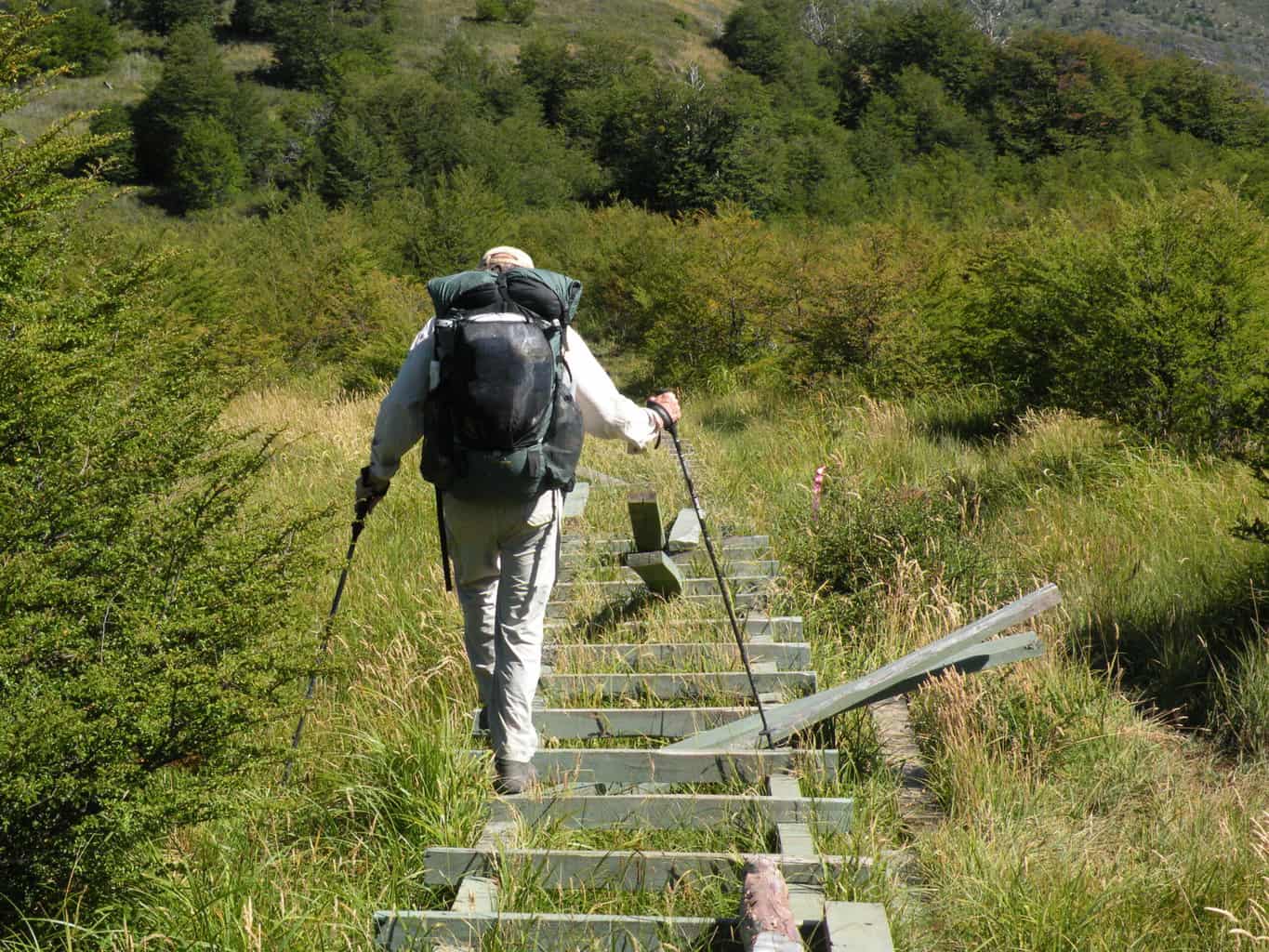
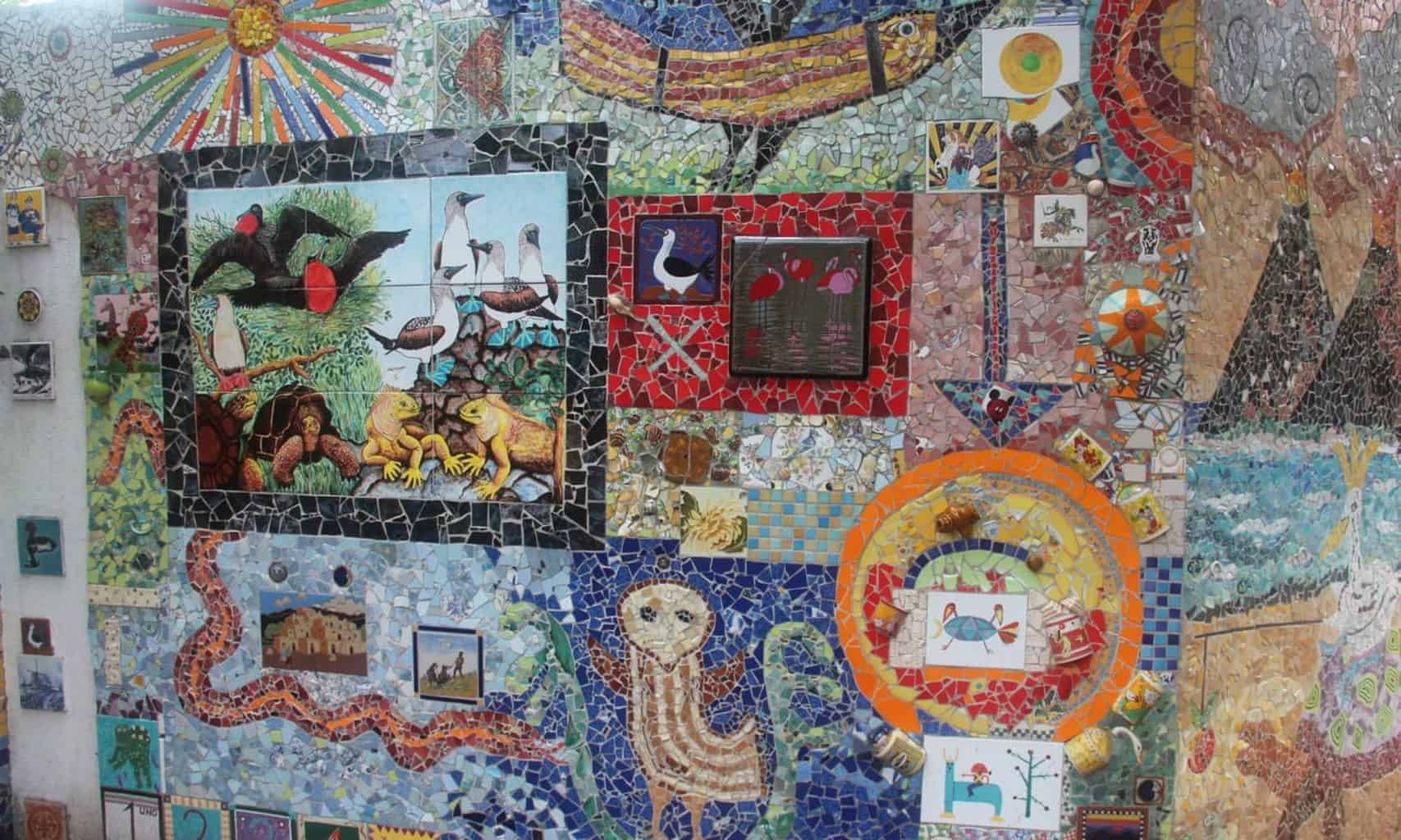
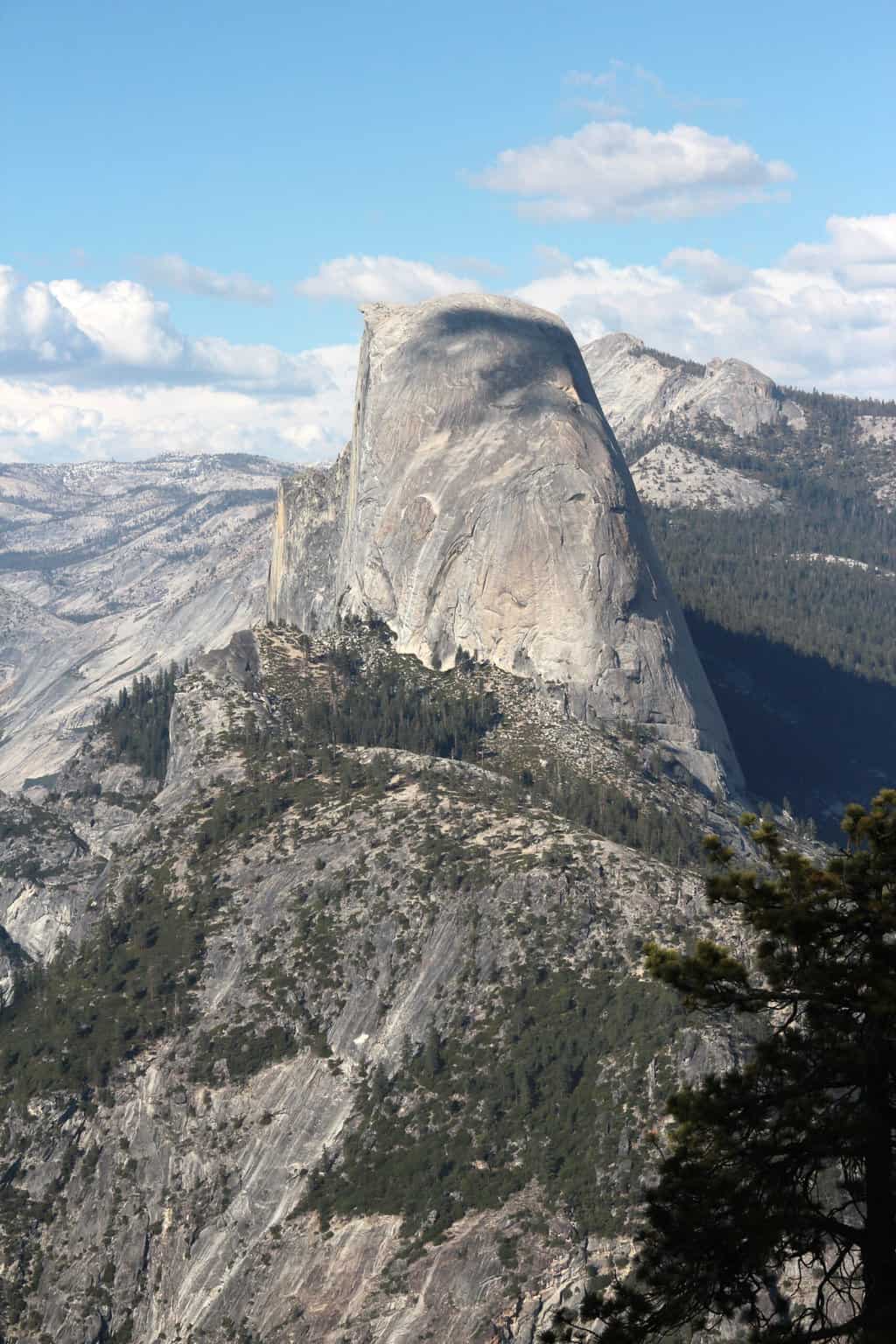
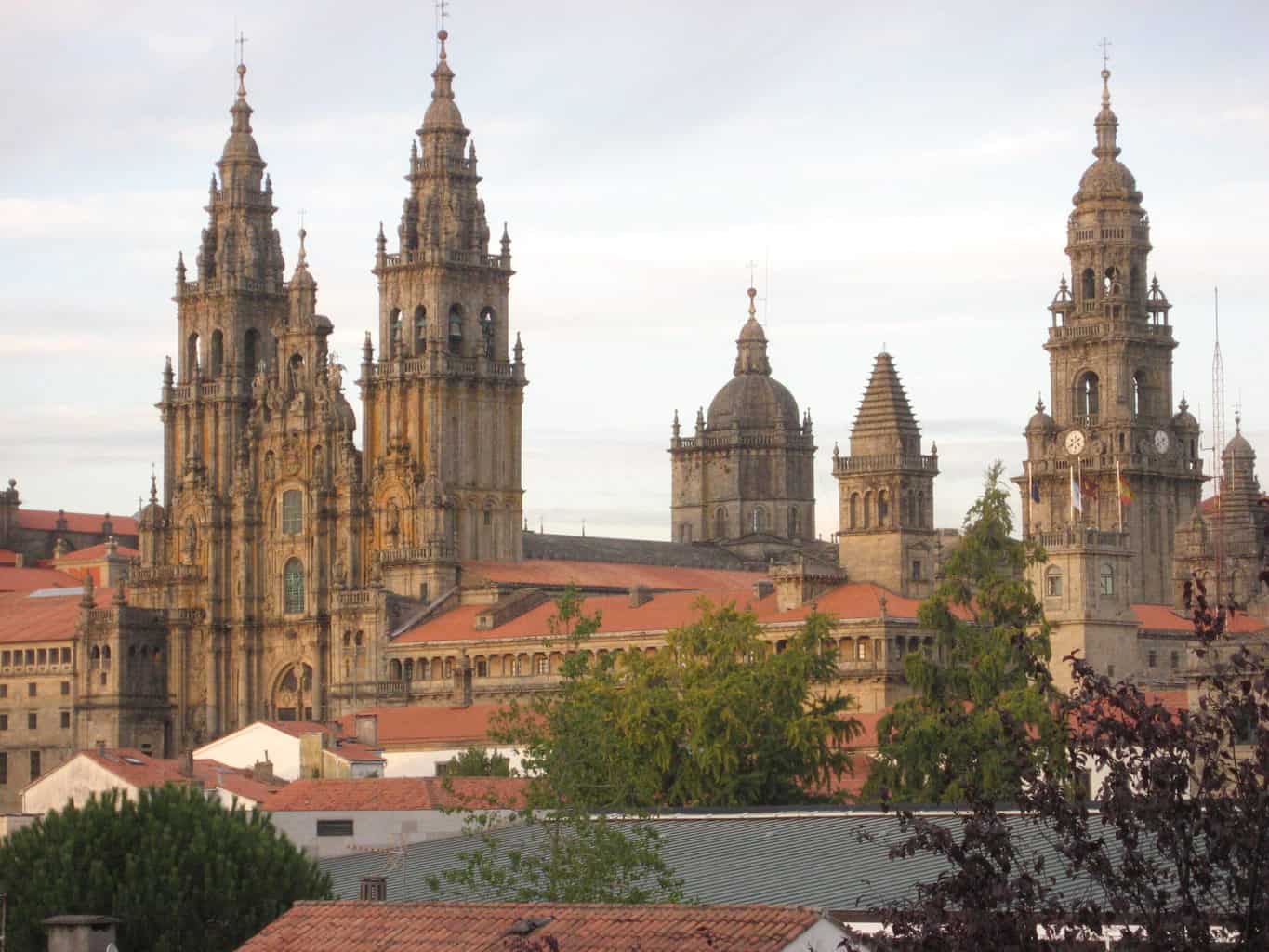 #4. Sylvia Nilsen’s guided Camino walks.
#4. Sylvia Nilsen’s guided Camino walks.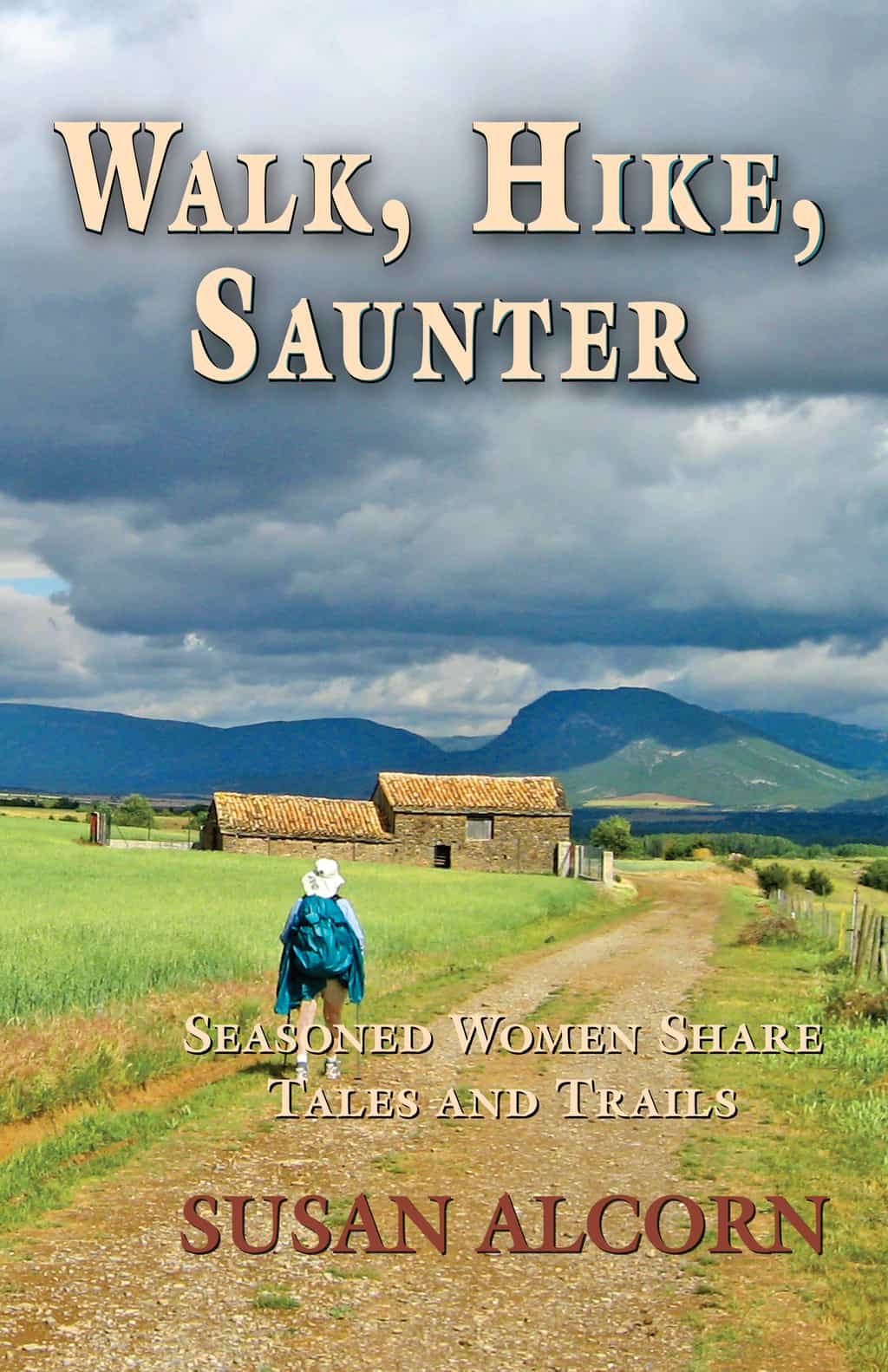
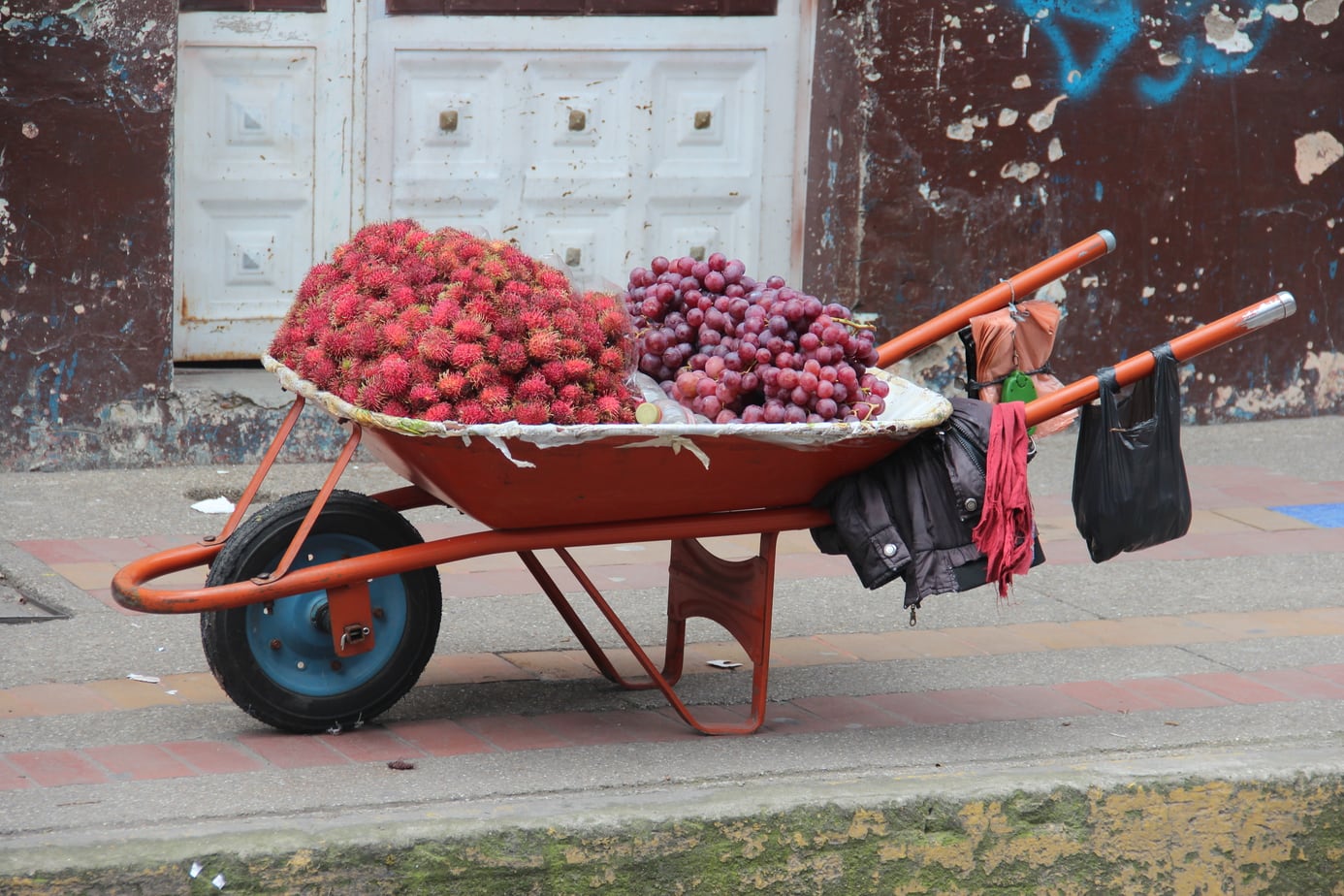


 #1. Susan to host a book party/event:
#1. Susan to host a book party/event: #3. Chemin de Vézelay: There are four major pilgrimage routes in France: from Paris, Vézelay, LePuy-en-Velay, and Arles to Santiago de Compostela. Ralph and I have now competed three: the Vézelay, the GR 65 from Geneva to LePuy-en-Velay continuing on from LePuy into Spain; and the GR653 Arles route into Spain. (We did the Frances route through Spain in 2001)
#3. Chemin de Vézelay: There are four major pilgrimage routes in France: from Paris, Vézelay, LePuy-en-Velay, and Arles to Santiago de Compostela. Ralph and I have now competed three: the Vézelay, the GR 65 from Geneva to LePuy-en-Velay continuing on from LePuy into Spain; and the GR653 Arles route into Spain. (We did the Frances route through Spain in 2001) #1. Save the date! Please save November 13, 2021
#1. Save the date! Please save November 13, 2021
